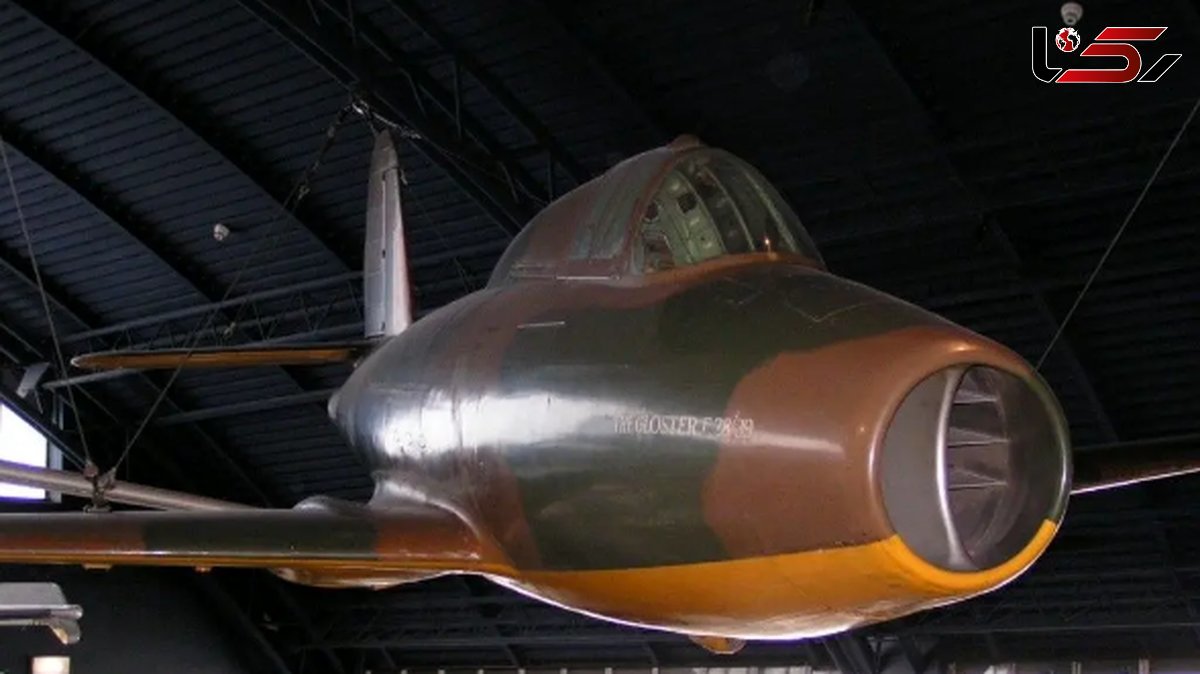China’s New Drone: Revolution in Turning Warships into Aircraft Carriers
Rokna Political Desk: China has unveiled a new jet-powered vertical take-off and landing (VTOL) drone capable of taking off and landing from the deck of any ship without the need for an aircraft carrier. This innovative technology has the potential to transform naval battlefields.

China has revealed its latest technological advancement, which could change the future of naval warfare.
According to Rokna, aerospace engineers in this East Asian superpower have developed an aircraft believed to be the world’s first high-speed jet-powered VTOL drone.
Drones are typically used for mapping, weapon deployment, cargo delivery, and large-scale surveillance operations, but they usually require long runways or aircraft carriers for take-off and landing.
Combining VTOL Capability and Jet Speed
The new VTOL drone, developed over ten years by a team at Beihang University under Professors Wang Yaokun and Qiu Youting, combines vertical lift with jet propulsion to enable faster and smoother take-offs. Beihang University is an institution sanctioned by the United States.
Chinese media have described this drone as a tool that can turn any Chinese destroyer, frigate, or amphibious vessel into a miniature aircraft carrier. While no images of the product have been released yet, further information is expected in the coming days.
Remarkable Progress in Drone Technology
The development team, in a paper published in July, wrote: “We have compared it with other current mainstream VTOL drones. In terms of speed, it is far superior.”
They also noted that these 45-kilogram drones, constructed from lightweight T-700 carbon fiber, can operate in “harsh conditions” and have reached speeds of approximately 228 km/h in testing.
VTOL drones use lower rotors combined with a miniature turbojet engine, like most other drones, to achieve lift-off. However, their true technical complexity sets them apart.
Unlike other drones, once this aircraft reaches sufficient altitude and speed, its rotors gradually slow down and retract, reducing air resistance by a significant 60 percent.
This key performance feature allows the drone to achieve high speeds while maintaining full VTOL capability, and a heat shield resistant up to 700 degrees Celsius ensures that its structure remains unharmed.
Challenges and Limitations
However, there are criticisms of this drone. Its rotor system occupies space inside the fuselage, which may affect fuel efficiency as well as its payload and weapon-carrying capacity.
This suggests that these drones likely cannot carry large munitions and may be better suited for surveillance operations.
The Role of Drones in Future Warfare
It is believed that this project began in 2015 following a request from the Chinese Navy for “non-aircraft carrier vessels,” emphasizing the need for “coordinated multiple drones, high-speed reconnaissance, and vertical take-off and landing from destroyer decks.”
An anonymous defense expert said that the introduction of these new VTOL drones means the Chinese Navy can operate high-speed, long-range reconnaissance and attack drones from any warship in future battles.
He stated: “This aircraft transforms any main surface combat vessel into a forward operational base. The enemy cannot predict where the next attack will come from.”
Such drones can be deployed in groups, penetrate enemy air defenses, conduct time-sensitive surveillance or precision strikes, and return to their host ships without the need for land-based bases.
This technology could also support China’s efforts to assert control over the South China Sea by using high-speed drones to deter competitors.
Send Comments